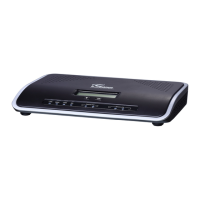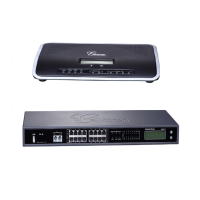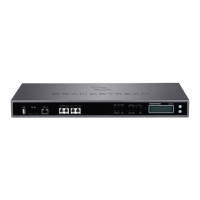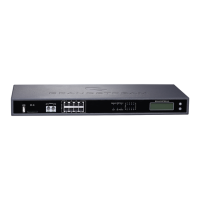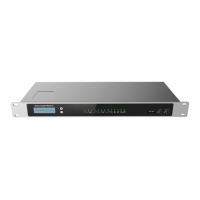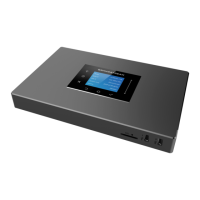UCM6100 Series User Manual
Version 1.0.18.13
PBX SETTINGS
This section describes internal options that haven't been mentioned in previous sections yet. The settings in this
section can be applied globally to the UCM6100, including general configurations, jitter buffer, RTP settings,
ports config and STUN monitor. The options can be accessed via Web GUI→PBX Settings→General Settings.
PBX Settings/General Settings
Table 91: Internal Options/General
Configure the global CallerID used for all outbound calls when no other CallerID
is defined with higher priority. If no CallerID is defined for extension or trunk, the
global outbound CID will be used as CallerID.
Configure the global CallerID Name used for all outbound calls. If configured,
all outbound calls will have the CallerID Name set to this name. If not, the
extension's CallerID Name will be used.
Configure the number of seconds to ring an extension before the call goes to
the user's voicemail box. The default setting is 60.
Note:
This is the global value used for each extension if "Ring Timeout" field is left
empty on the extension configuration page.
Configure the maximum duration of call-blocking.
If enabled, users will hear voice prompt before recording is started or stopped.
For example, before recording, the UCM6100 will play voice prompt "The call
will be recorded". The default setting is "No".
The name of the UCM you are using.
If enabled, strong password will be enforced for the password created on the
UCM6100. The default setting is enabled.
Strong Password Rules:
1. Password for voicemail, voicemail group, outbound route, DISA, call queue
and conference require non-repetitive and non-sequential digits, with a
minimum length of 4 digits. Repetitive digits pattern (such as 0000, 1111,
1234, 2345, and etc), or common digits pattern (such as 111222, 321321
and etc) are not allowed to be configured as password.

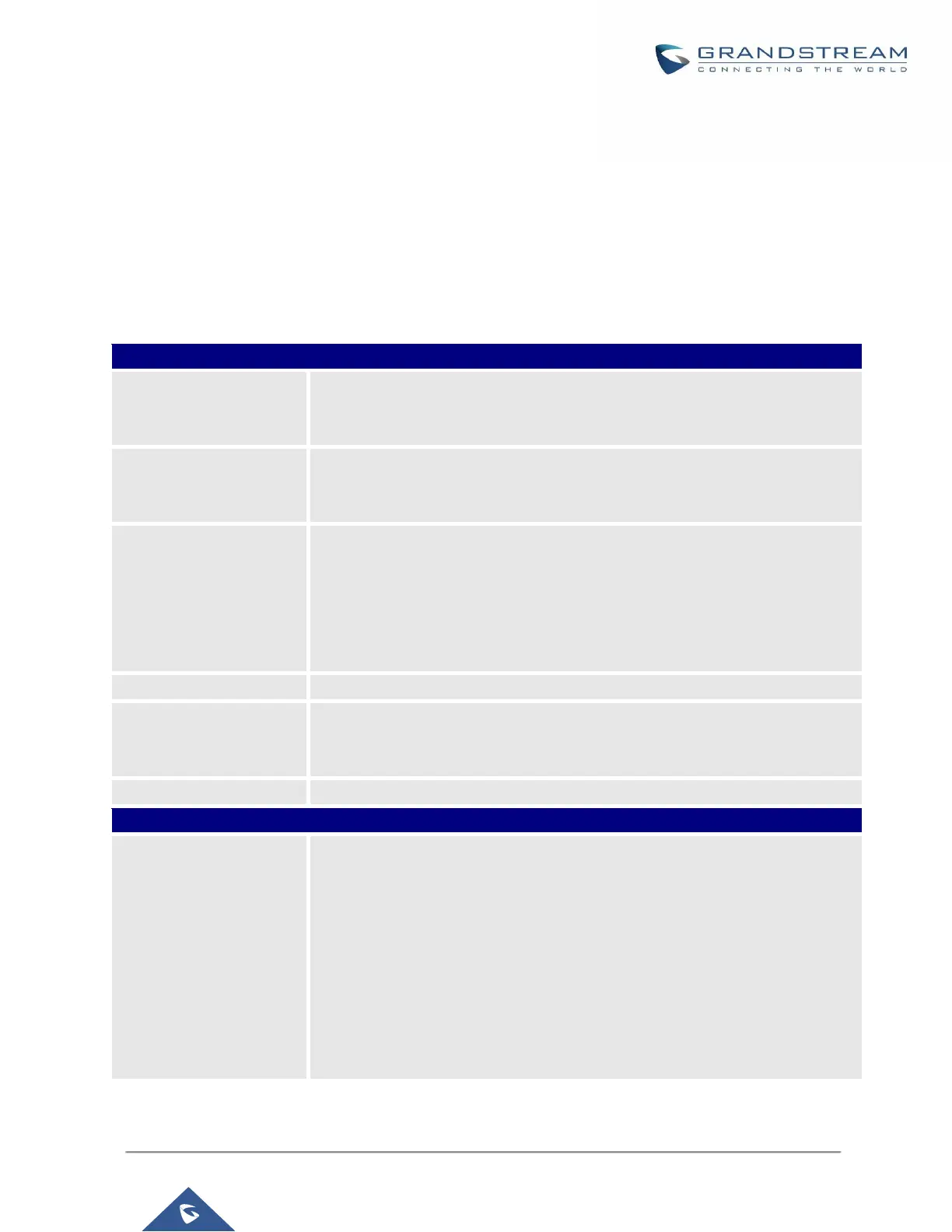